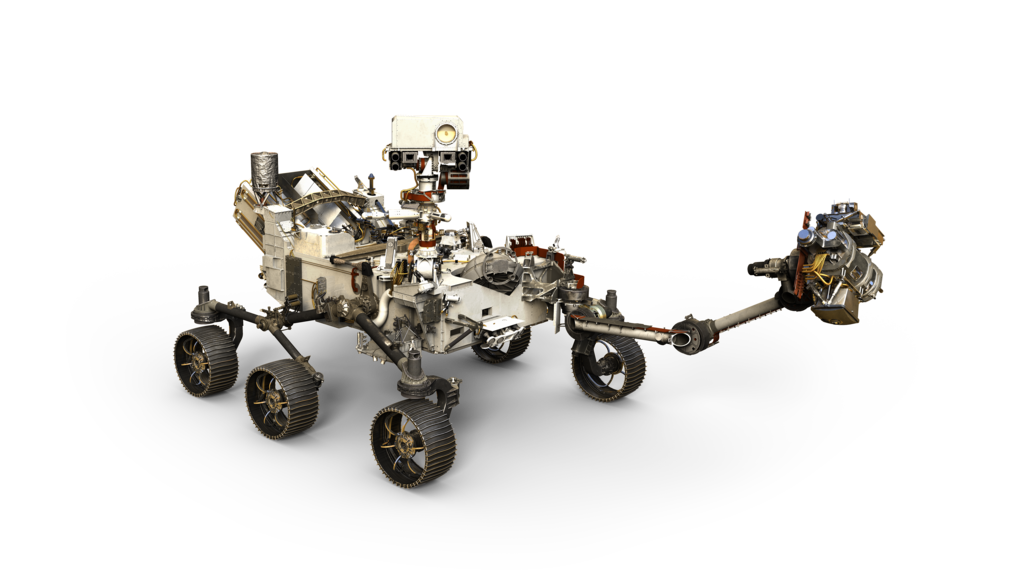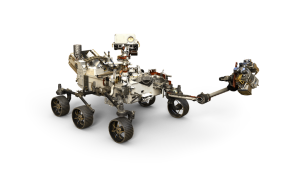Mars 2020 is the culmination of a long-term plan to find evidence of life on the red planet.
Not only did Mars evolve over time, but our scientific strategies for the way we explore the planet have evolved as well.
NASA has sent many successful spacecraft to the far-off red world. When its new rover launches in a few years, the mission will shift our exploration strategy toward something that could have a profound effect on life here on Earth. It will look directly for signs of past microbial life—life on another world.
Image credit: NASA/JPL-CALTECH
Previous missions to Mars have made discoveries and innovations that are guiding current and future missions. The missions build upon each other, and are part of NASA’s Mars Exploration program. The science strategies that guide the missions also evolve, driven by discovery.
As water is required for all life that we know of and making environments habitable, the initial science exploration theme was to “Follow the Water.” Not only is this vital in understanding Mars’ geologic and climatic history, but when humans walk on Mars, the potential water found could very well support them.
The next theme in this long-term plan was “Explore Habitability.” After NASA found evidence of water, this next step was created to seek other conditions required for life. This includes the chemical elements and compounds required for life.
“Seek Signs of Life” is the current science theme which we transitioned into following findings from the Curiosity rover.
Image credit: NASA/JPL-CALTECH
The Mars 2020 rover will look directly for signs of past life. Carrying seven primary instruments, determining whether life ever arose on Mars is among the rover’s goals. The mission will also set aside a cache of the most promising rock and soil samples for a possible return to Earth on a future mission. Learning about the past and helping prepare for future human missions, the Mars 2020 will be on its way to the red planet’s surface in just a few years.
Learn more about the Mars 2020 rover at NASA.gov.



